How Does a Parachute Work?
Skydiving Safety
Posted by: Wisconsin Skydiving Center 5 years ago
If you’re curious about skydiving at all, you’ve probably asked yourself: How does a parachute work? As Wisconsin’s premier skydiving dropzone, we are daily and intimately involved with these rectangular pieces of fabric called parachutes – so let us explain.
How Do Parachutes Work?
A parachute works by forcing air into the front of it and creating a structured ‘wing’ under which the canopy pilot can fly. Parachutes are controlled by pulling down on steering lines which change the shape of the wing, cause it to turn, or to increase or decrease its rate of descent.
Modern skydiving parachutes are rectangular in shape – very different from the round parachutes of old. The change in shape has given skydivers much more control over their parachutes. Today, they can turn their canopies, change the rate of descent, flatten their glide, and make parachute landings more accurate than ever.
How Parachutes Fly
Parachutes are ‘semi-rigid wings’. This means that while flying, they are pretty much solid. In fact, they are so firm, skydivers are able to bump their parachutes against each other. In a discipline called CRW, or canopy relative work, they are even able to walk over the top of a canopy.
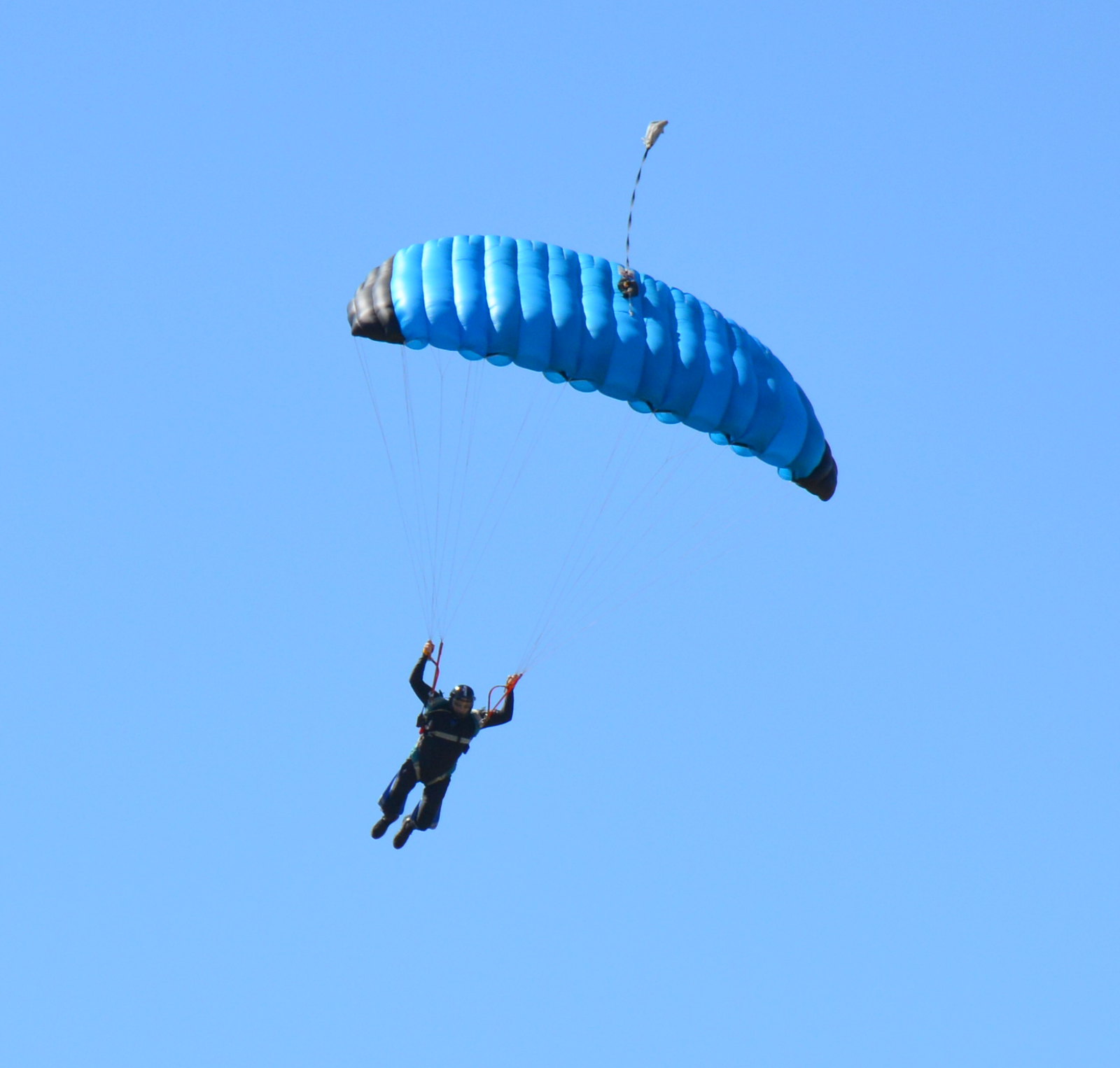
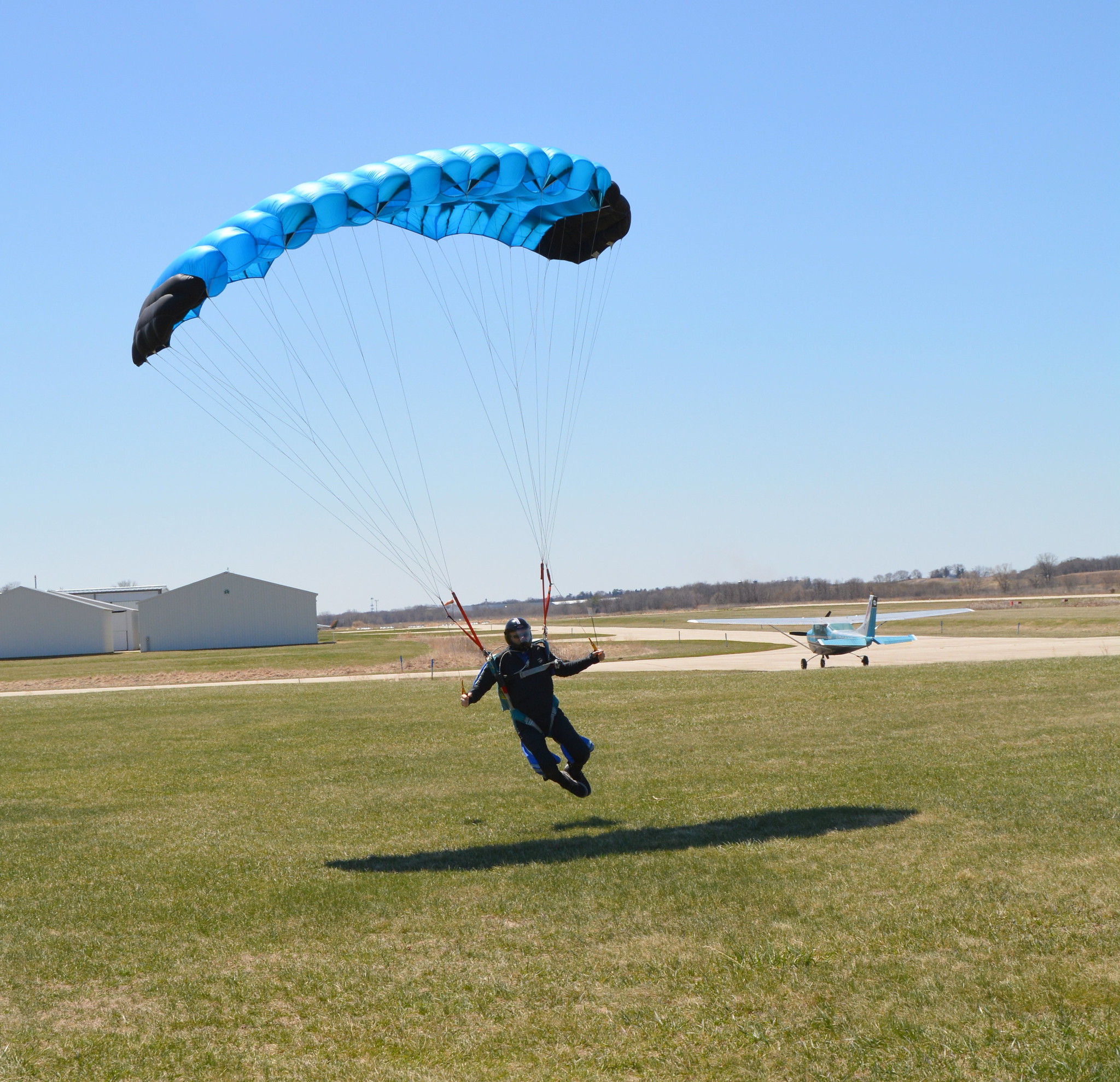
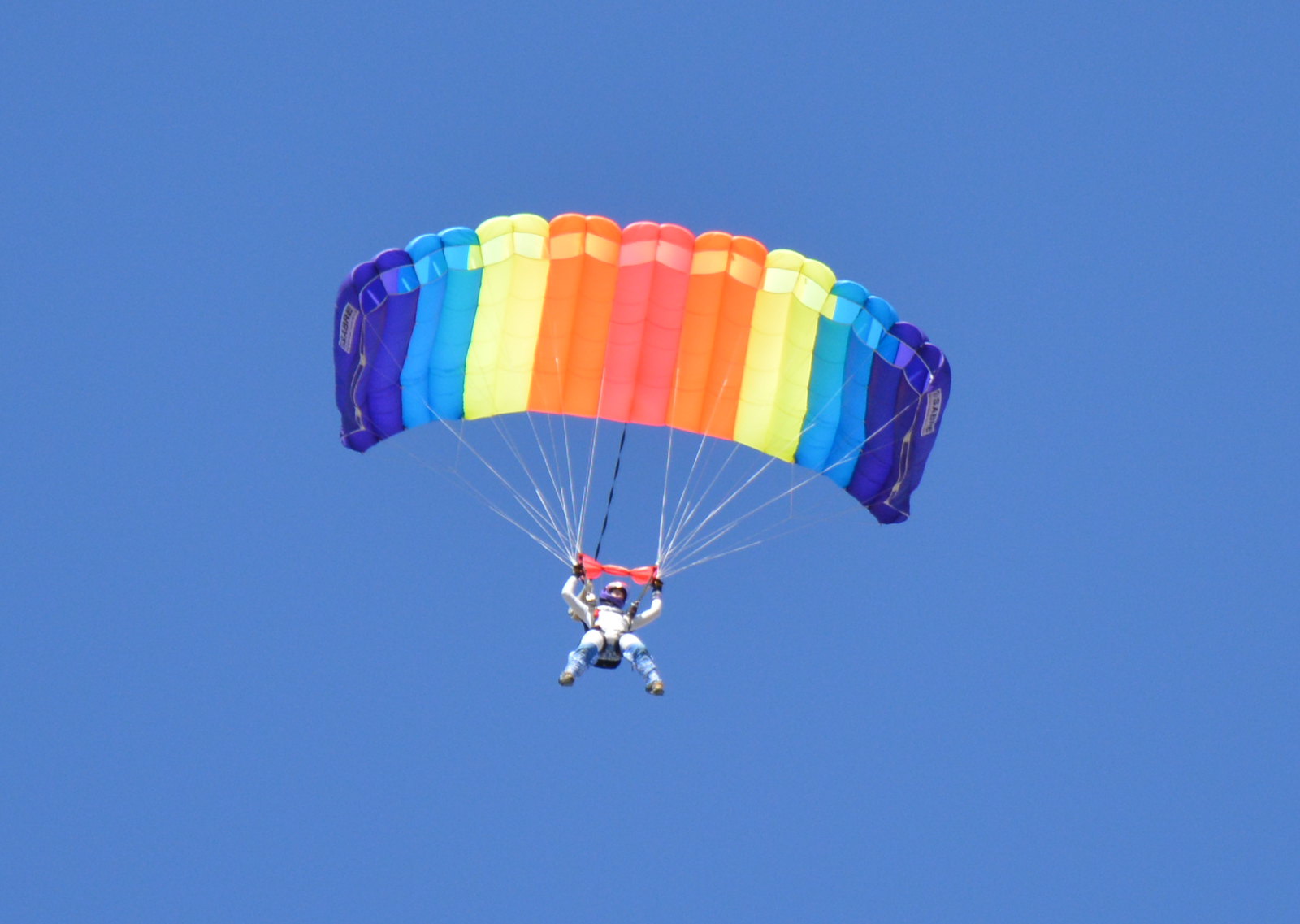
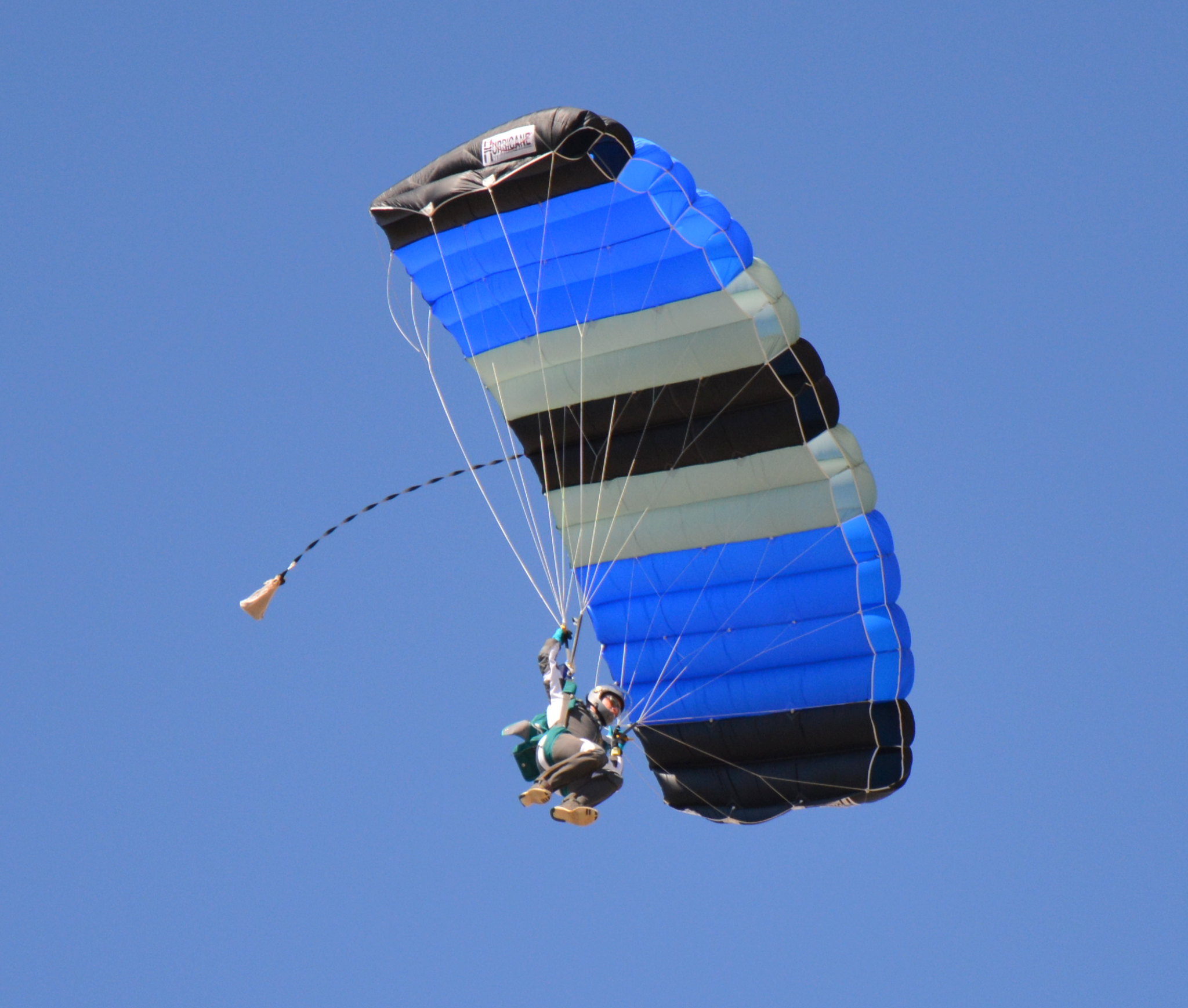
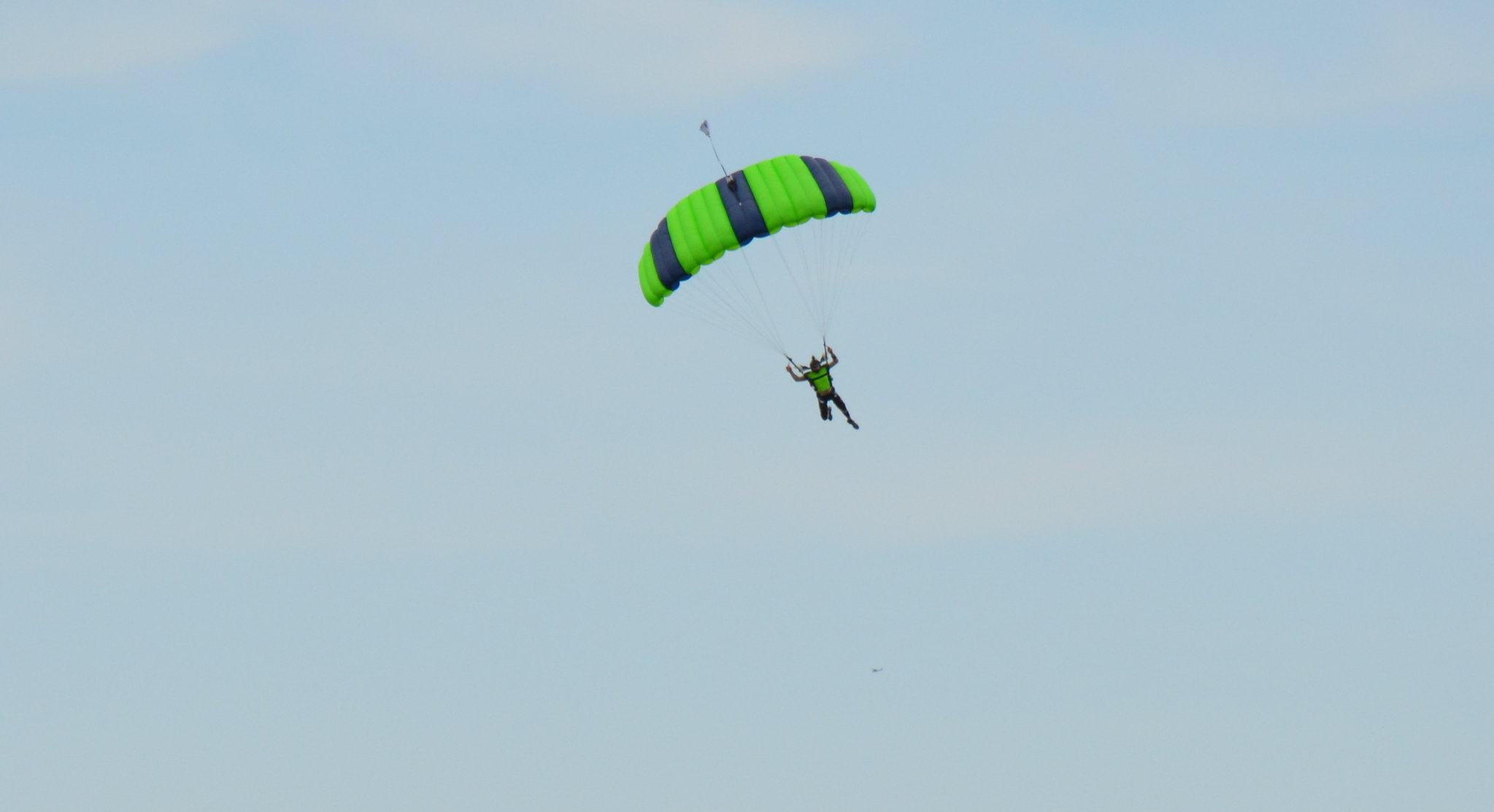
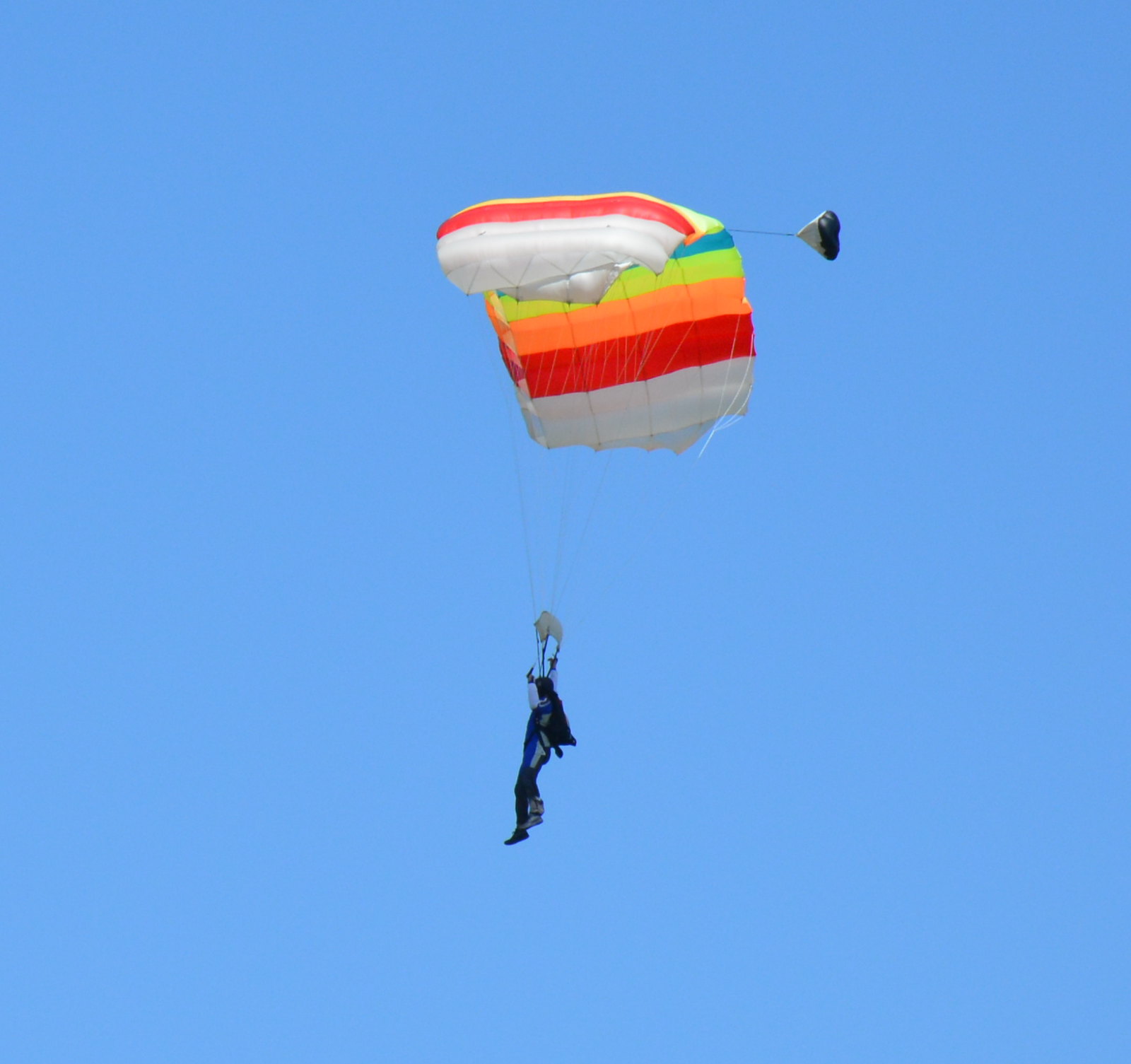
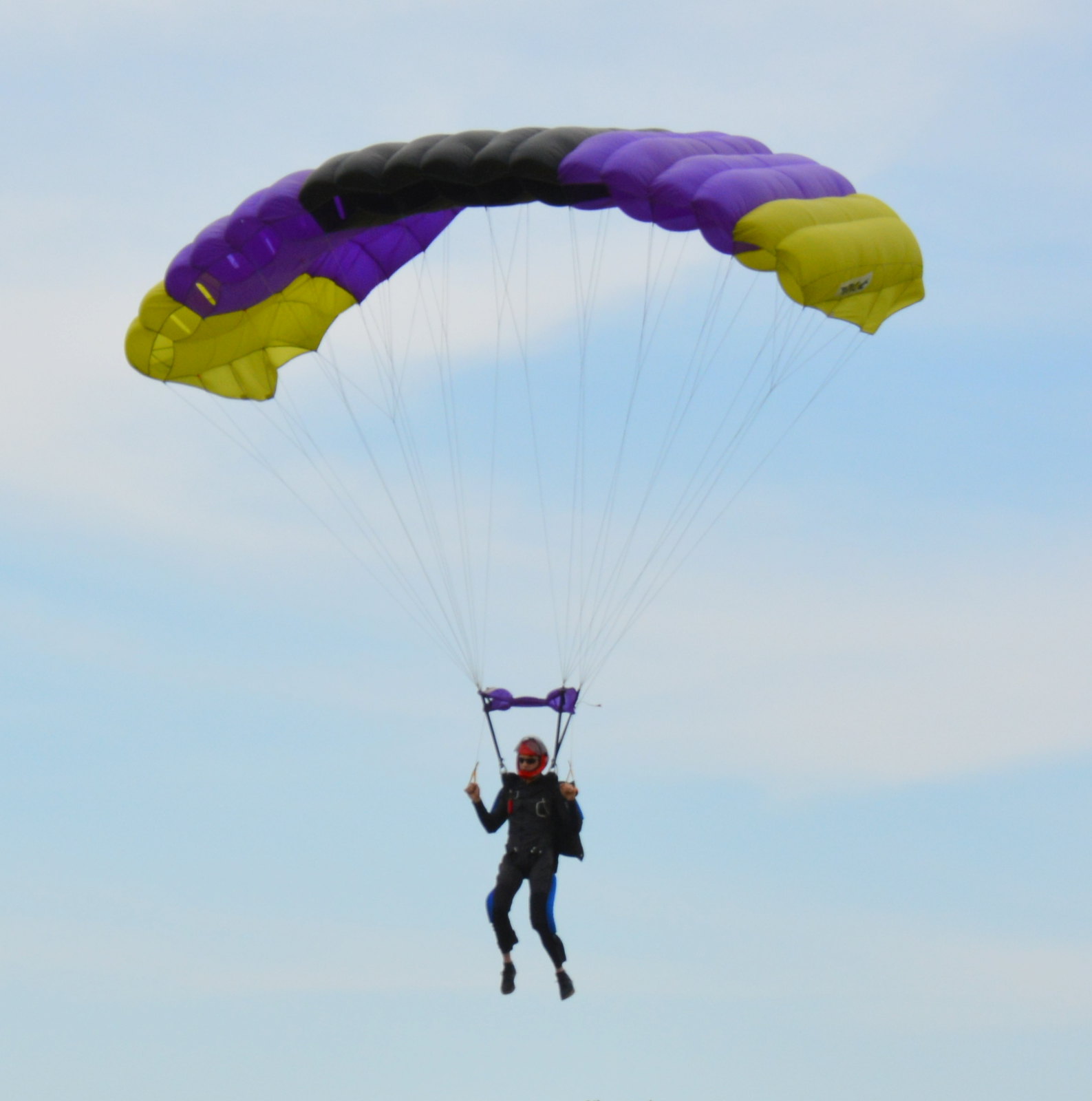
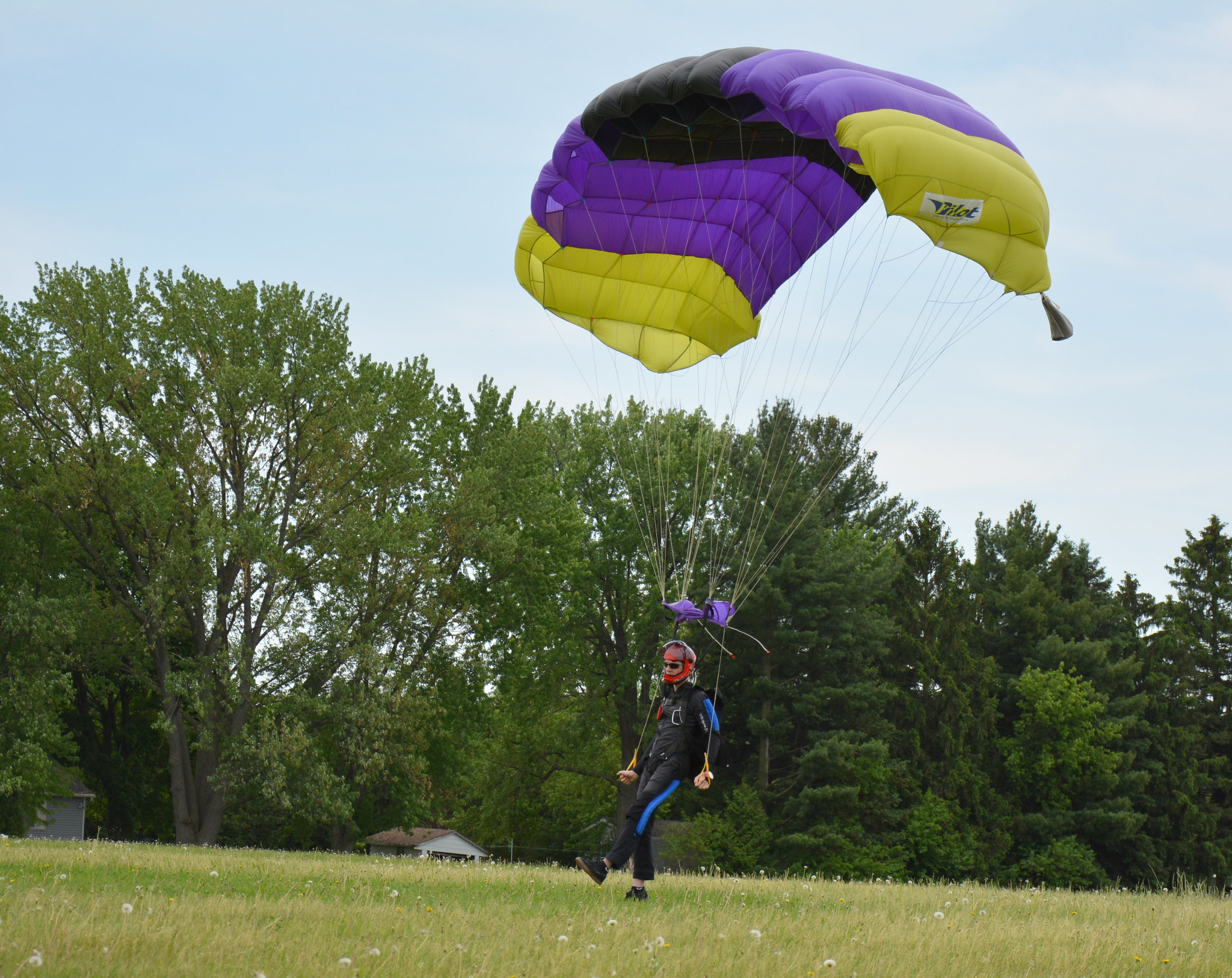
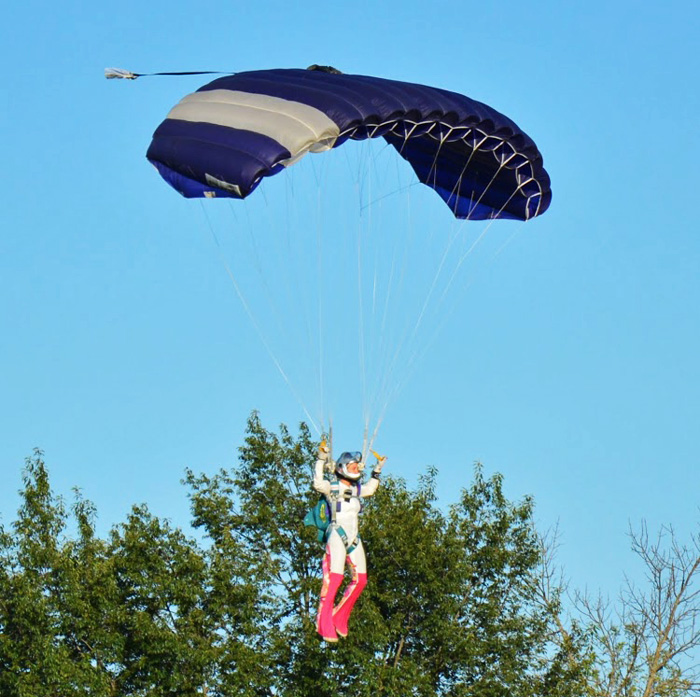
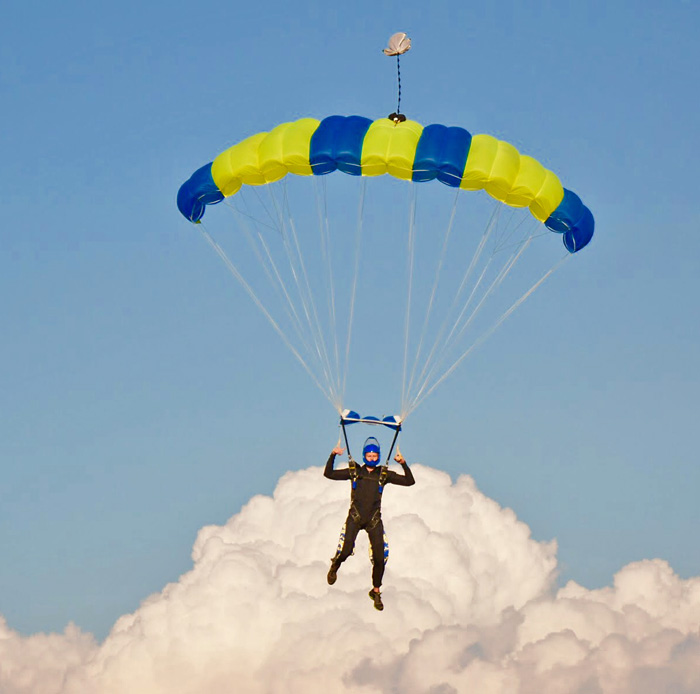
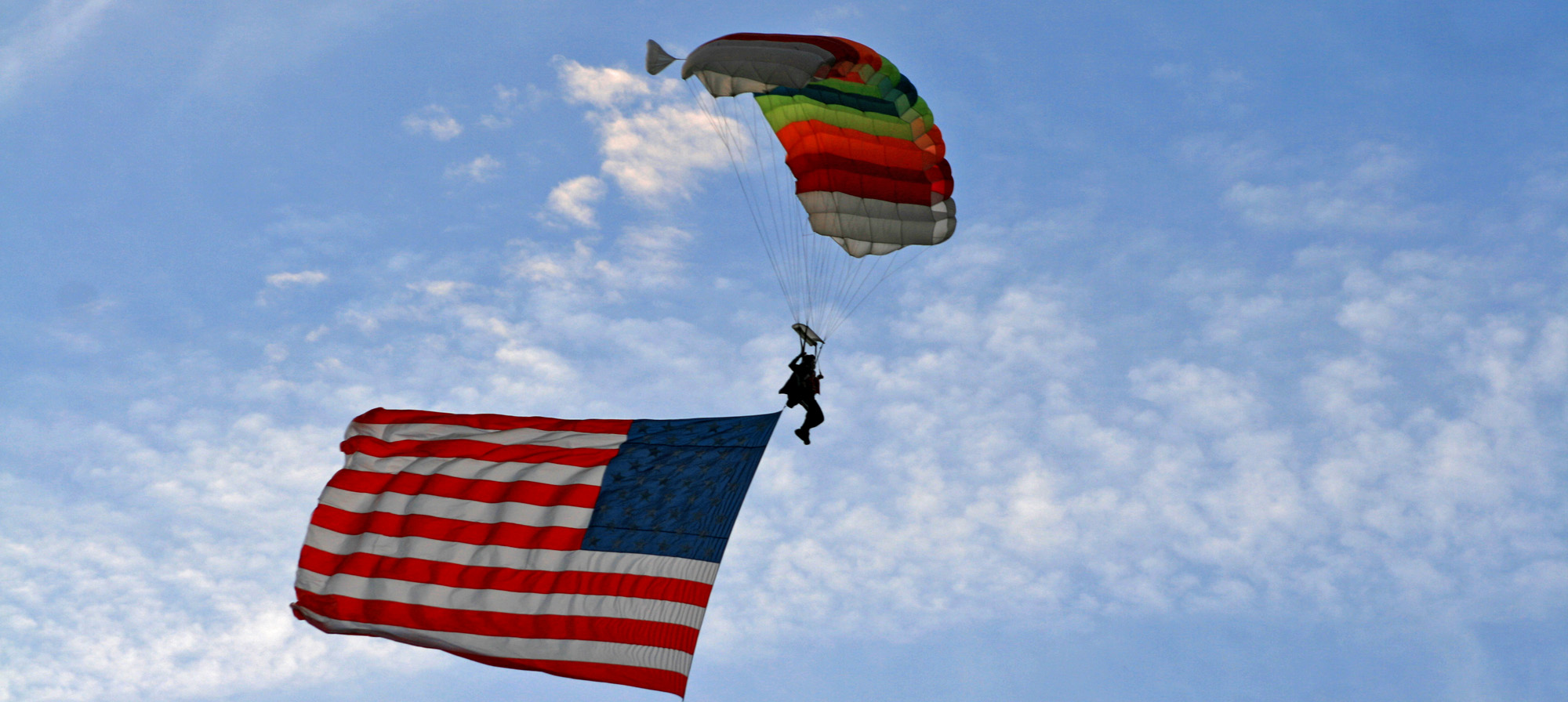
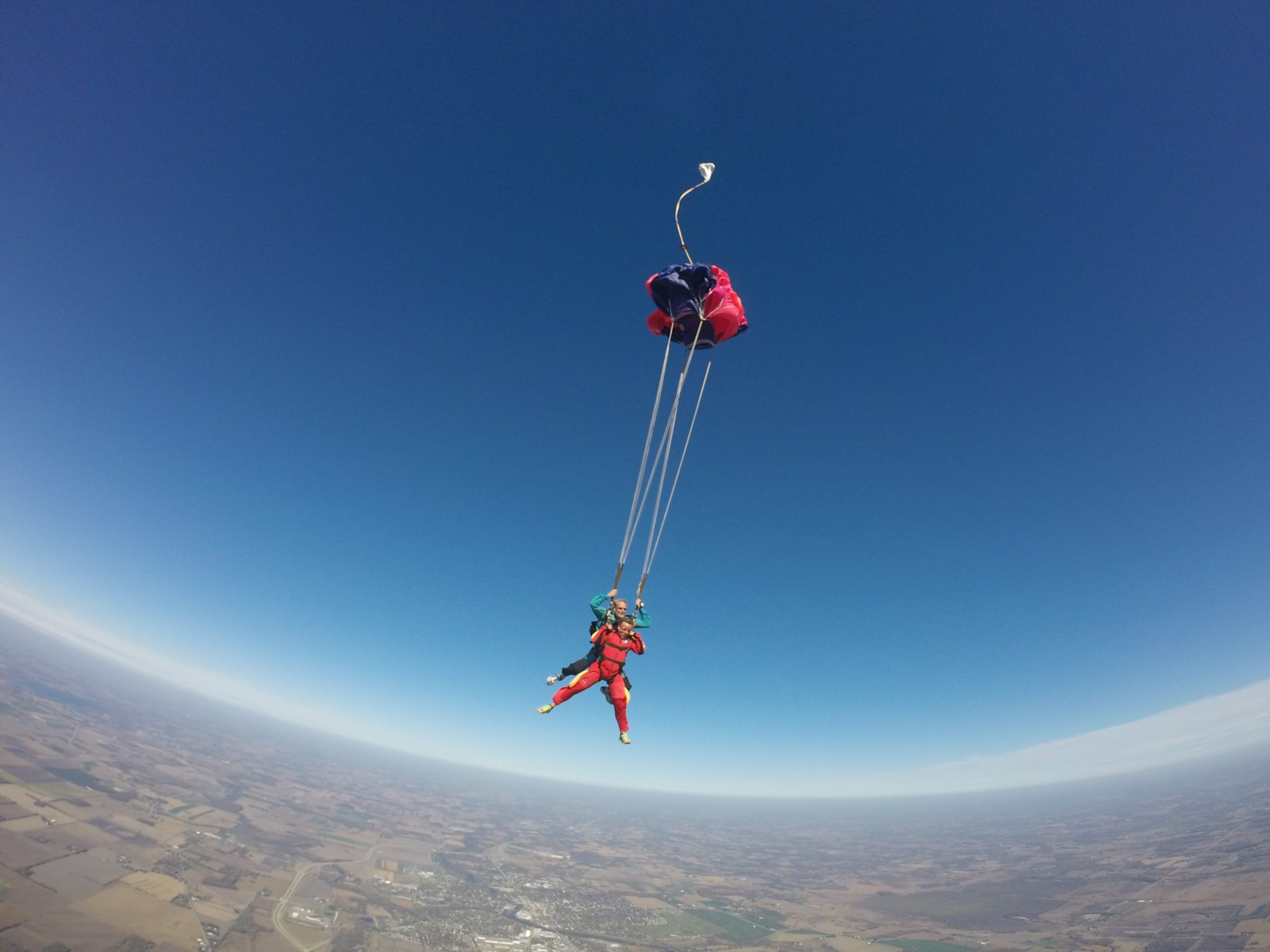
If you look at a parachute from the front, you can see it is made up if either seven or nine ‘cells’. Essentially, the full parachute is a series of separate chambers – all of which catch air and work together to make the full wing.
The front of each ‘cell’ is open and this is where the air enters. As the parachute is flying forward, air is rammed in through the front and caught inside the cells, giving the parachute its shape. Modern parachutes are also referred to as ‘ram air parachutes‘ for this reason.
How Parachutes Open
The first step to successfully piloting a parachute is to have it open properly in the first place.
Parachutes are packed into their containers so the cells are pointing forward. As the parachute deploys, air is allowed to rush in immediately. Slight variances in the way the parachute is packed can result in off-heading openings, but the design of the parachute means it will always fly front-first.
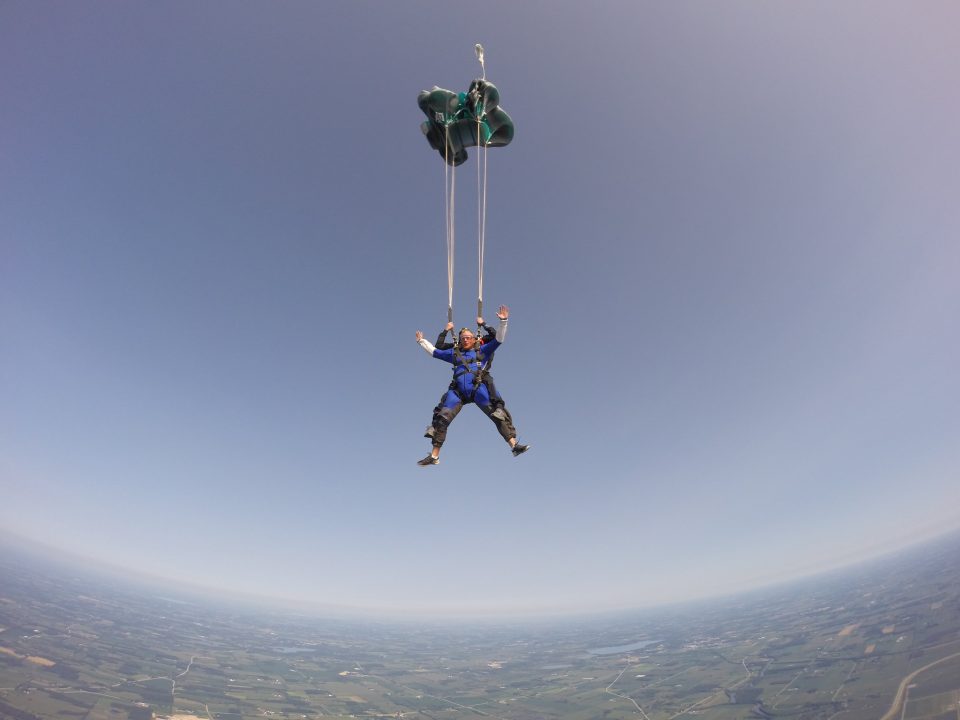
How Parachutes Turn
Parachutes are connected to their containers by lines. These are essentially super-strong strings, attached at various points across the parachute’s underside.
The steering lines are situated to the back of the parachute. They have ‘toggles’ attached to them, giving the skydiver handles on which to hold for ease of control. Their purpose is to allow the skydiver to pull down on one – or both – sides to make the parachute turn. Drawing on the right steering toggle makes the parachute turn right. Tugging on the left makes it turn left. Pulling both toggles at the same time forces the canopy to slow its rate of descent by flattening out.
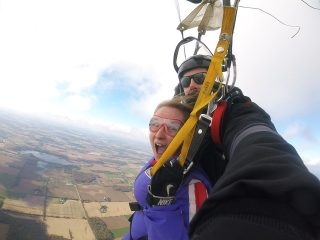
How Parachutes Descend
The inherent design of the parachute allows it to descend at a manageable speed. Skydivers often talk about the experience of flying a parachute as a calm glide through the air – making the under-canopy part of a skydive a very relaxing experience.
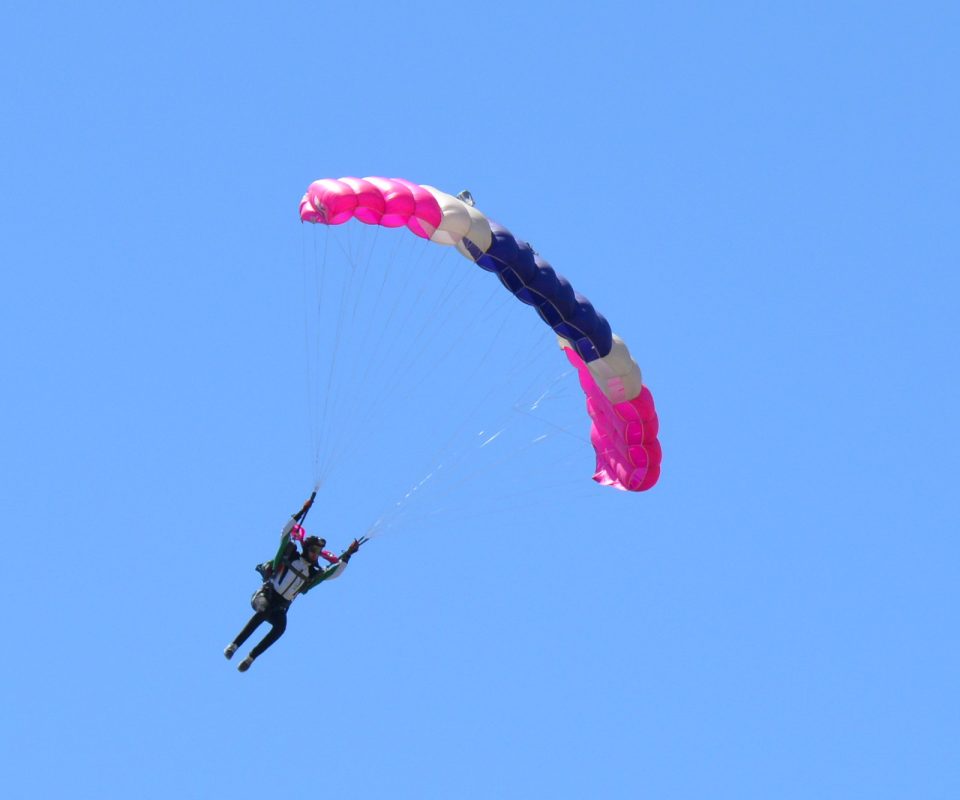
That is, of course, assuming we’re not doing anything to change the actual flight characteristic. When a skydiver uses the toggles to pull down on the steering lines and turn, the parachute automatically descends a little faster. More advanced parachute pilots use a technique called ‘swooping’ which increases their rate of descent and creates a swooshing sound as they come in to land.
How Parachutes Land
When the skydiver comes into the landing, they use the steering toggles to slow the parachute’s descent to a minimum, facilitating a soft touch down.
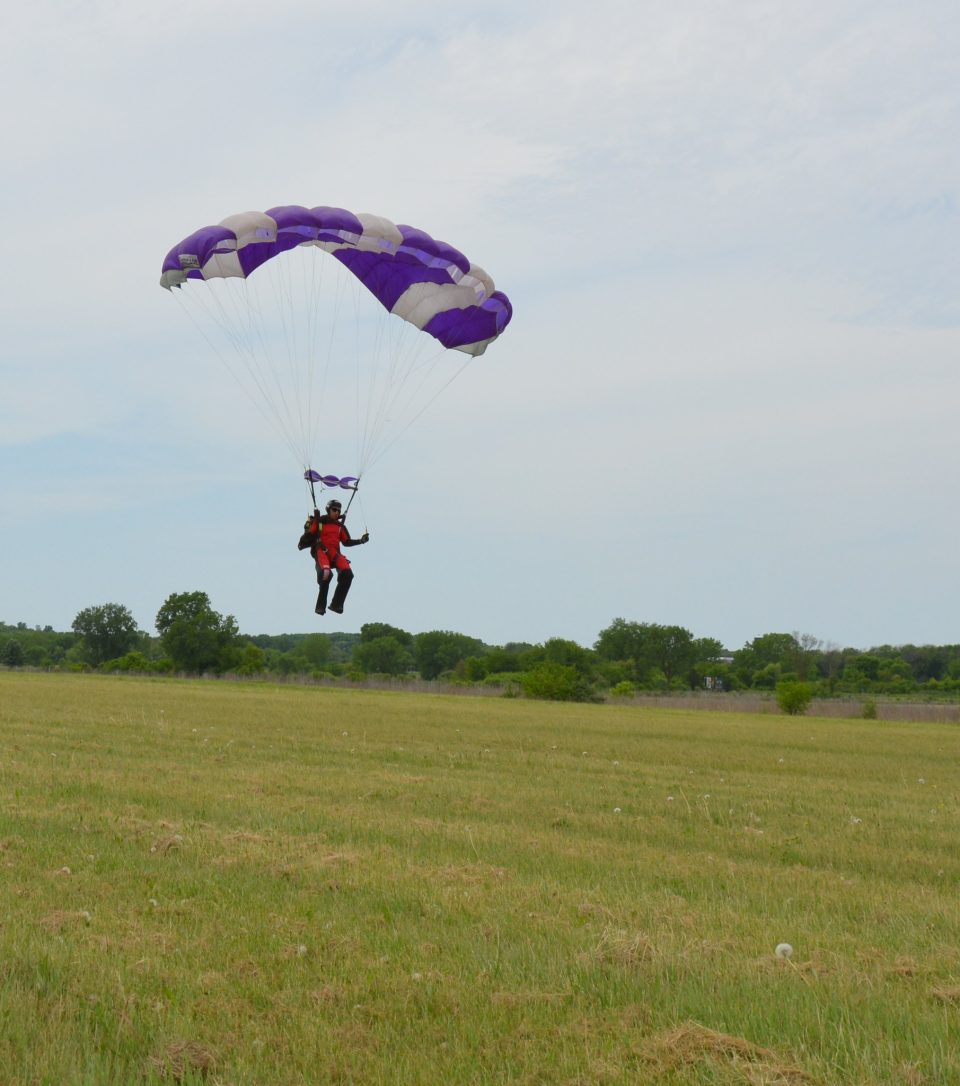
To do this, the skydiver pulls down on both steering toggles at once, in a controlled yet assertive maneuver called ‘flaring’. This motion depresses the back of the parachute, causing it to flatten out and reducing its descent rate. For experienced skydivers, touch down is usually a gentle step forward, and the parachute then collapses to the ground as the air stops rushing into it.
Reserve parachutes
All skydivers jump with two parachutes – a main and a reserve. The reason is obviously safety-driven – the main parachute may work 999 times out of 1,000, but there is still a chance of things not going to plan. A user error during the packing process might be the cause or a problem with the parachute itself.
Wisconsin Skydiving Center, of course, takes all precautions to avoid any issues. Generally-speaking though – by jumping with two parachutes, solo and tandem skydivers are always backup-positive.
Parachute Packing
Parachute packing is an essential skill for experienced skydivers. Becoming a certified parachute packer is part of the skydiving license process. Only certified parachute packers are able to pack parachutes for themselves and others. Packing the reserve parachute is a slightly different and longer process, and due to the life-saving function, it can only be packed by an FAA-certified parachute rigger. Wisconsin Skydiving Center will professionally pack parachutes for you and, of course, it is included in the price of your skydive.
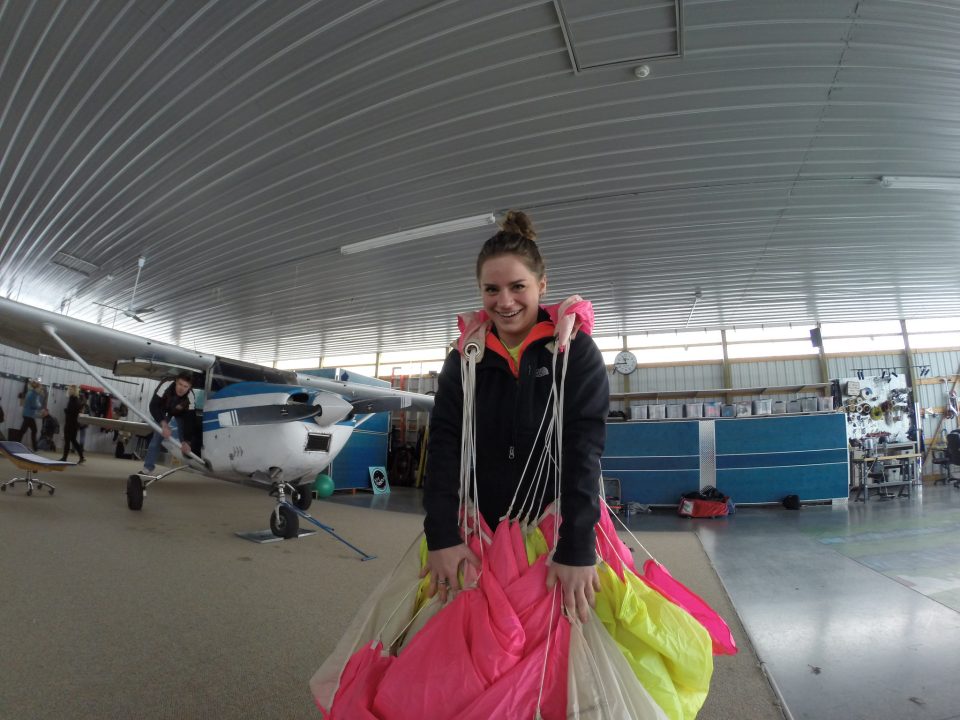
It’s All About Safety
The advancements in parachute design, material, and technology is all for making skydiving as safe as it can be. You’ll be happy to know, it’s one of the safest sports around! The industry takes this very seriously and the safety records speak for themselves.
And this, dear future skydiver, is how a parachute works. Pretty cool, right?
Ready then to take the leap yourself? Book your skydive online now, or come down to our dropzone. We can’t wait to meet you.
Recent Posts
- Can Kids Go Skydiving?
- Why Groups Love Skydiving at Wisconsin Skydiving Center
- 4 Reasons to Go Family Skydiving
- Why Skydiving Is The Perfect Experience Gift
Categories
Categories:
You May Be Interested In:

Can Kids Go Skydiving?
6 days ago by Wisconsin Skydiving Center

How Dangerous Is Skydiving?
2 months ago by Wisconsin Skydiving Center
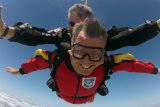
What’s a Skydiving AAD & Why It Matters
12 months ago by Wisconsin Skydiving Center

How Much Experience Do Skydiving Instructors Have?
1 year ago by Wisconsin Skydiving Center